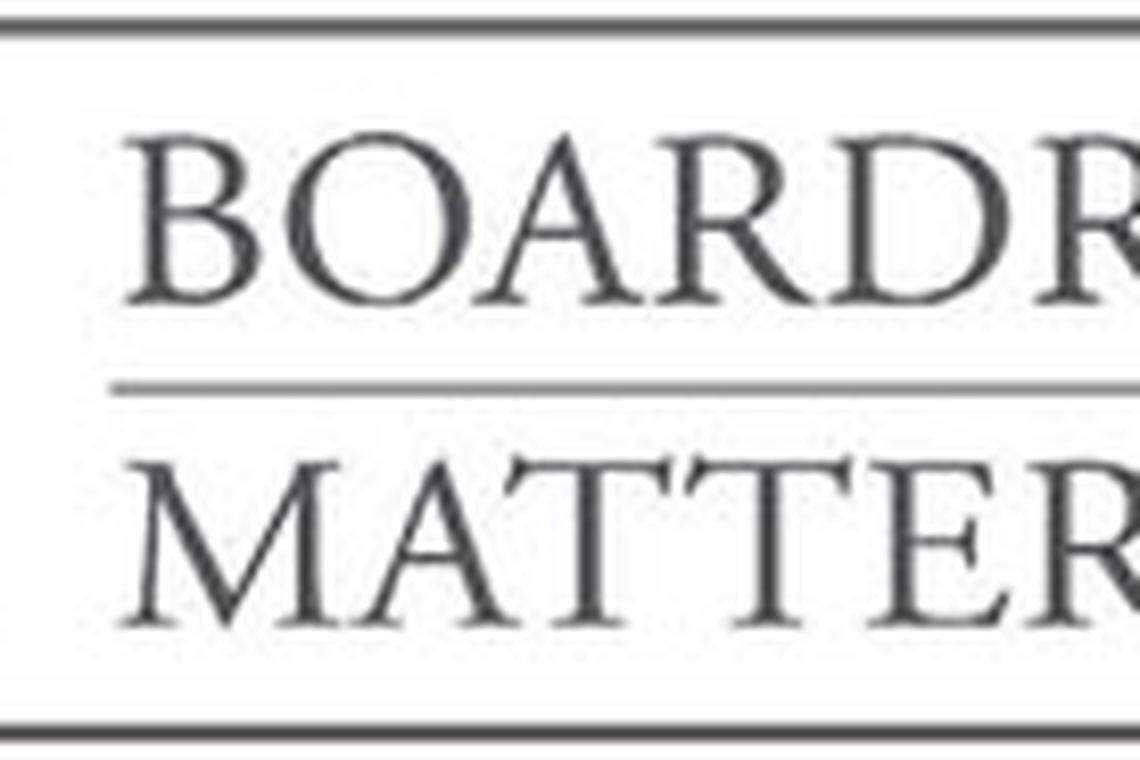Role and challenges of the non-executive board chair
He must be a role model for all other players in the firm.
UNLIKE the CEO, the non-executive chairman of the board tends to have a lower profile and is lesser known to members of the public. This belies the immense influence of the position.
Over the past few years, the chairmen of companies such as SMRT, SingPost and Noble have held press conferences to address the crises facing their companies. Their public appearances suggest that the companies are very serious in tackling their problems.
However, away from such public glare, little is known about board chairs as their work is done behind closed doors. Their discussions are private and confidential. They, as non-executive chairs, have no executive power although they preside over the apex body in the organisation - the board of directors. They have no boss or peers in the organisation, and no one to turn to for advice. It can be a lonely position.
Yet their performance is critically important for the companies they serve. The chair's leadership is defined by how he or she ensures that the board fulfils its role for the long term success of the company.
Power to influence
There are various ways a non-executive board chair may exert his influence to successfully steer the board and management.
First is through the agenda of board meetings. Chairs decide what and how issues should be discussed at the board. The agenda reflects his leadership vision and priorities, and encourages other directors and executives to carry these into the organisation.
Second is through board discussions. Board chairs run the board meetings. They choose the formats of presentations, discussions and Q&A sessions, allocate time to speakers, frame questions, and formulate resolutions. These give chairs the extra levers to influence other participants and advance their leadership agendas.
Third is through influencing the board composition. Whether or not the board chair heads or sits on the nomination committee, his opinion is crucial for the appointment of any new board director. By ensuring directors of certain, and preferably diverse, ages, ethnicities, genders, skills, industries and nationalities, the board chair is helping to determine the type and range of experience that will be brought to bear on board discussions.
Fourth is through setting the tone for and culture of the board. A board is usually made up of accomplished and mature individuals, with multiple affiliations and leadership roles in their own right. To lead such a dynamic group and build consensus during the few board meetings in a year, the board chair will do well to lay some ground rules for civil and constructive discourse, and ensure that all directors are heard. A harmonious board is likely to improve the chances of it being an effective one as well.
Challenges
In spite of its institutional power, the position of a non-executive board chair remains an immensely demanding one, and not one that any qualified and capable man or woman will agree to lightly. In a global survey of 600 board chairs from diverse industries including non-profit organisations in 2015, the INSEAD Global Chair Survey identified the top challenges facing them. These were grouped under three areas for different groups of stakeholders.
The first challenge is interacting with shareholders, particularly "controlling" shareholders that have an outsized say in the company and its directions. They may be founders, founding family members, financial investors or majority owners with an emotional stake in the company.
The second challenge is leading the diverse group that makes up the board. It may be difficult board members or a lack of collaboration among directors. How to make them listen, support each other and management, question their own position rather than that of a colleague? Further, they meet only four to 10 times a year, not often enough to be properly acquainted.
The third challenge is establishing and maintaining productive relationships with the CEO and key executives who "eat, sleep and breathe the company". Information is not available to the board at the speed and range that it is to the executives, thus the board chair may not be in a position to react effectively in "real-time".
As all the above challenges involve human relationships and interactions, INSEAD noted in its follow-up survey in 2017 that improved communications - being more available, open, direct and regular - are the best practices to address and overcome these challenges. Putting in place some rules of engagement may further smoothen the way for board chairs.
Commander-in-chief
The chair commands a resource that no other member of an organisation has. Chairs have direct access to and influence with the people who make key decisions (directors and shareholders) as well as the people who execute them (the managers).
It is a position of power, but only an effective one if the board chair is willing to walk the talk, do the work, and show support when called upon. In short, be a role model for all other players in the organisation. After all, respect for any position of power has to be earned for the role to be effective, and for the position to be able to make a difference.

BT is now on Telegram!
For daily updates on weekdays and specially selected content for the weekend. Subscribe to t.me/BizTimes
Companies & Markets
Microsoft launches lightweight AI model
Gucci-owner Kering posts 10% drop in Q1 sales on sluggish Chinese demand
Hotel Properties prices 5-year notes at 5.1%
Apple to hold launch event on May 7, with new iPads expected
OUE Reit obtains S$600 million unsecured sustainability-linked loan
US: Wall St opens higher as more earnings roll in
